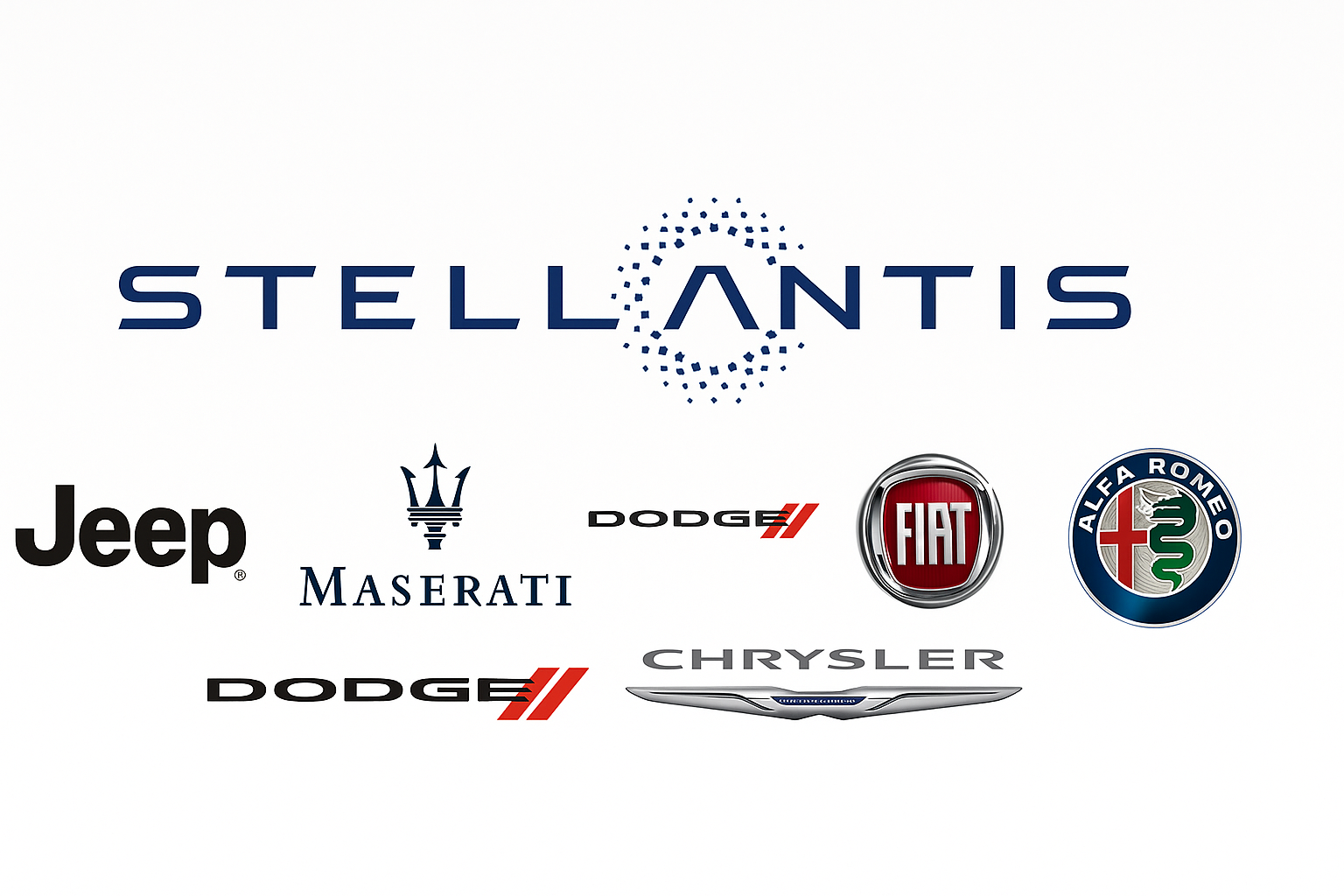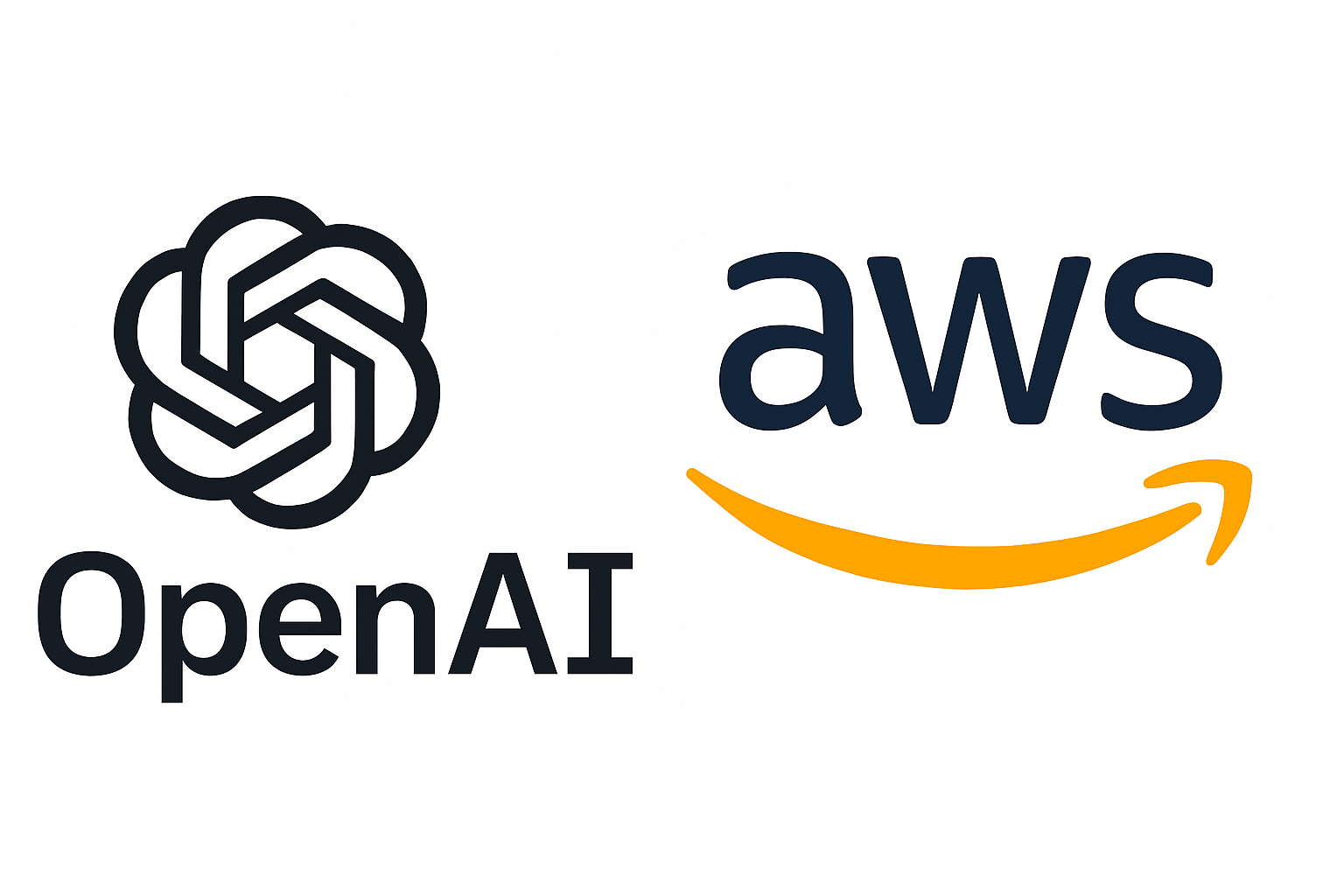Weekly highlights
Ocean rates – Freightos Baltic Index
Asia-US West Coast prices (FBX01 Weekly) fell 8% to $1,431/FEU.
Asia-US East Coast prices (FBX03 Weekly) fell 8% to $3,015/FEU.
Asia-N. Europe prices (FBX11 Weekly) fell 9% to $1,747/FEU.
Asia-Mediterranean prices (FBX13 Weekly) fell 4% to $2,131/FEU.
Air rates – Freightos Air index
China – N. America weekly prices increased 19% to $5.33/kg.
China – N. Europe weekly prices fell 3% to $3.92/kg.
N. Europe – N. America weekly fell 1% to $1.70/kg.
Analysis
Reported progress in US-China negotiations last month had some hopeful that the USTR would reduce or cancel its planned port call fees before the October 14th roll out date. Instead, the past week has featured a flurry of trade tension escalations between the world’s two largest economies.
In addition to tit for tat fees on US-linked vessels making China port calls starting October 14th, China announced new restrictions on rare earth metal exports with some taking effect immediately and others starting December 1st.
Join 60,000+ Supply Chain Experts Who Never Miss an Issue!
Start your week with the industry insights others miss.
« * » indicates required fields
Consent*
President Trump responded by threatening to cancel his late-month summit with Chinese leader Xi Jinping in S. Korea and to introduce 100% tariffs on all Chinese exports to the US starting November 1st – though the 145% tariff pause that the White House extended back in August will in any case expire on November 10th. The US administration also threatened, among other sanctions, to introduce port call fees or bar entry to vessels flagged in countries that vote for the International Maritime Organization’s net zero framework at the IMO’s meeting this week.
In terms of immediate impact, as some Chinese carriers have stated that the USTR fees will not impact their schedules or lead to surcharges for customers, and most other carriers have reduced the number of liable vessels making US calls, the fees may be unlikely to impact eastbound transpacific freight rates, operations or capacity much for now. And as Clarkson’s Research estimates that China’s port fees would impact only about 5% of port calls, and most impacted carriers will likely adjust vessel deployments to minimize exposure, these fees are unlikely to cause much of an impact.
In any event, the biggest driver of freight rates at the moment is growing container vessel capacity.
The first stage of the Israel-Hamas ceasefire has increased anticipation of a container traffic return to the Red Sea which, after some period of schedule disruptions and congestion, would release a significant amount of capacity back into the market. CULines and other carriers are already increasing services through the Suez Canal. Most carriers however, will not resume transiting the Red Sea until after a significant period of demonstrated stability and security.
But in the meantime, ocean rates have already fallen to their lowest levels since just before the start of the Red Sea crisis in late 2023. Transpacific rates dipped another 8% last week to about $1,400/FEU to the West Coast and $3,000/FEU to the East Coast. Current US import volumes estimated to be at their lowest since mid-2023 due to trade war frontloading earlier in the year – and projected to continue declining through December – are contributing, along with supply growth, to the strong downward pressure on transpacific container prices.
But Asia – Europe demand is likely stronger than last year. And despite volume strength and persistent congestion recently worsened by labor disruptions at some key ports, container rates slipped 9% to $1,747/FEU last week and are also back to 2023 levels, pointing to capacity growth as a key driver of current rate behavior.
Carriers will introduce GRIs of about $1,000/FEU for Asia-Europe services in November, with some announcing increases for Asia – N. America as well, in an attempt to push rates up ahead of Asia – Europe contracting season. Significant capacity reductions in October however have so far not succeeded in slowing the rate slide.
For air cargo, President Trump’s November 1st China tariff threat may be driving some recent increase in rates, though the government shutdown is also reportedly causing some congestion in the US and this time last year peak season demand had already started to pick up. Freightos Air Index China – US prices increased 19% last week back to mid-September levels of about $5.30/kg, though rates were approaching the $7.00/kg a year ago.
China – Europe prices fell 3% to $3.92/kg, but remain 5% higher than a month ago and about level with last October. The labor disruptions in Belgium impacting ocean freight are also causing air delays, especially to passenger flights, though so far cargo rates remain unaffected.



















